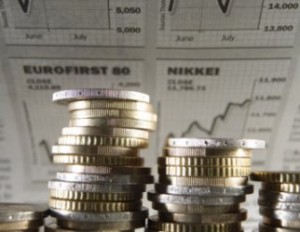Comparing the Costs of Index Funds and ETFs
The growing popularity of index investing has a lot to do with the increasing number of ETFs available, and that’s largely a good thing. ETFs generally have lower management expense ratios (MERs) than index mutual funds in Canada, so they are usually the best choice for large portfolios, especially if you make infrequent lump-sum contributions. [...]










